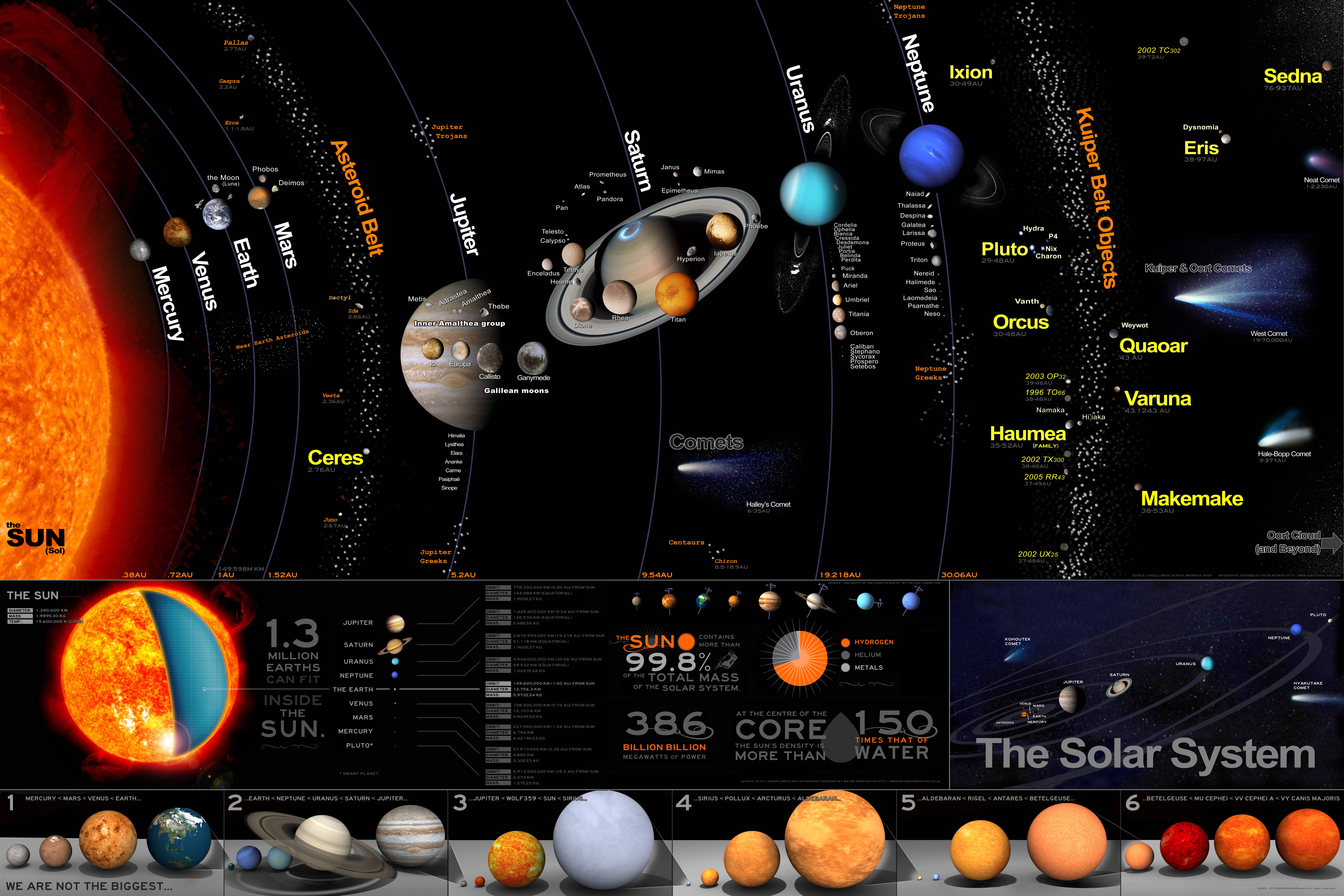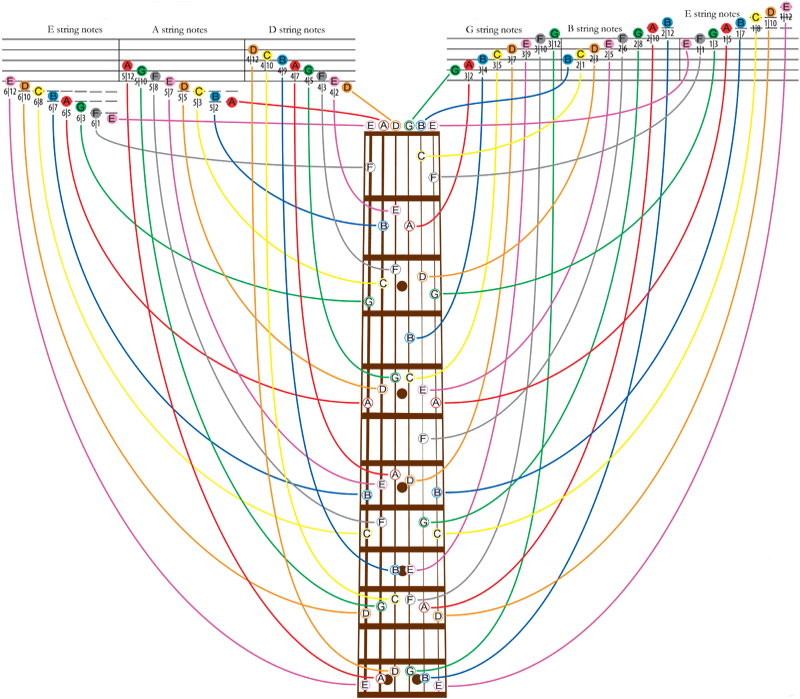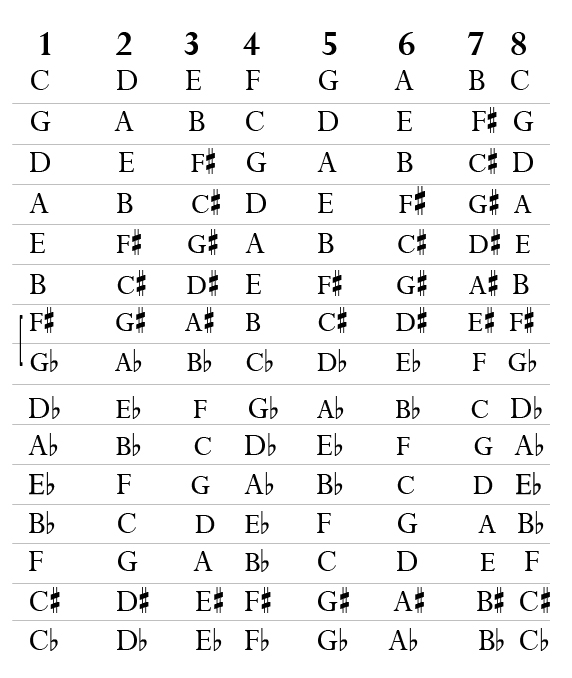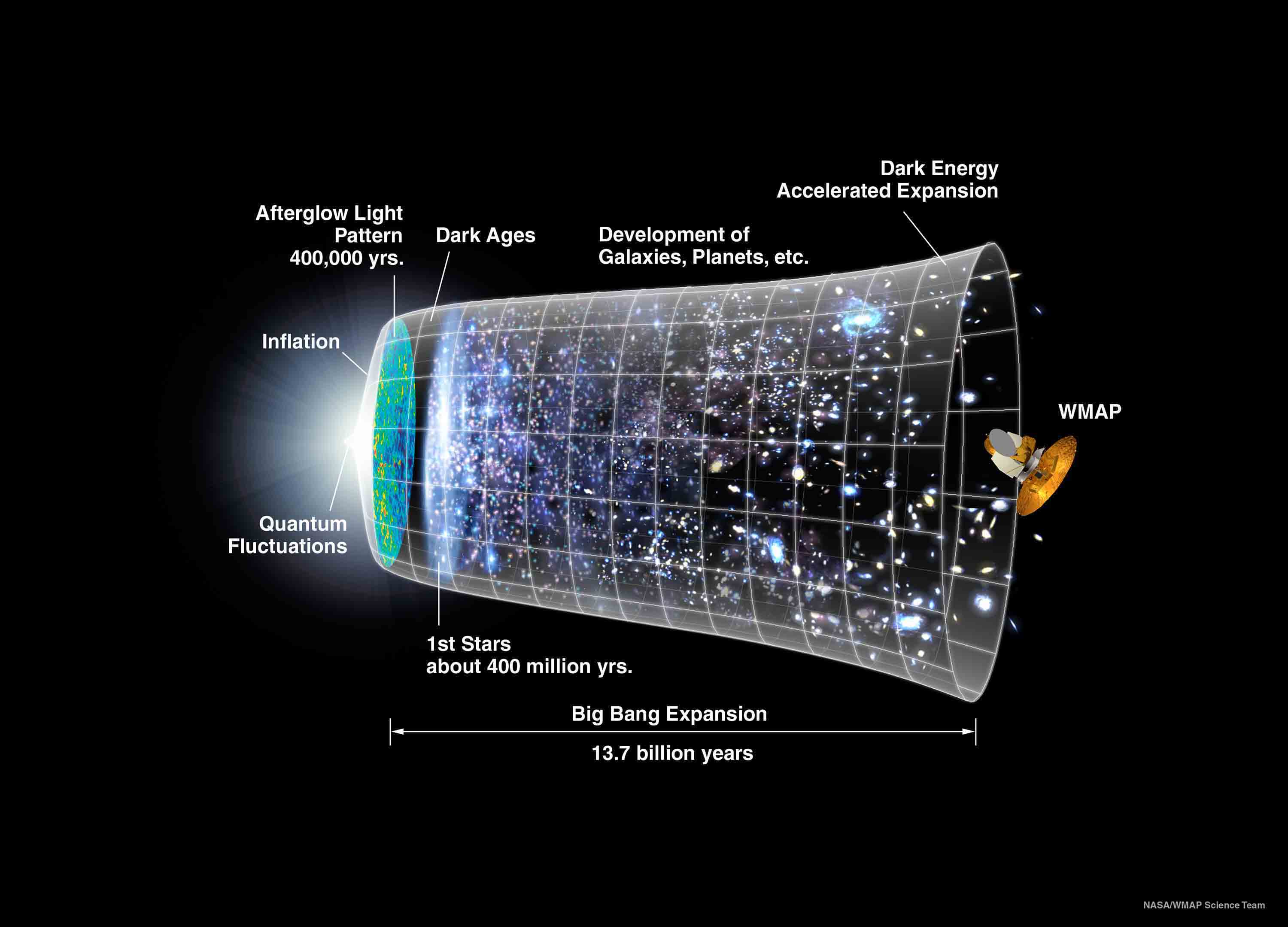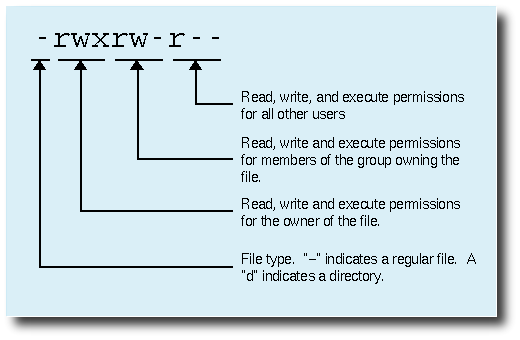Event Name: Tornado Rainbow
Key Events: Smoke on the water, the drain, the top, the squirrel
It was a sunny day at Stow Lake in San Francisco California. I had just finished taking a standard amount of fungus and discarded it in a trashcan across the street from the playground. There were long rolling grass hills leading through the park to the entrance of the hilltop. The green blades glowed, moving in waves along the hillside as I walked to a shaded region surrounding the pond. My stomach gave a strong churn as a passed a bench near the water. I considered, for a second, to just let it all go but remembered a friend telling me it would effectively end the experience, so I held it in. I began to see a vibration in objects that don't normally move so rapidly, like the 60 foot sequoia tree next to me, I realized that the magic was happening. I can't remember if this was the 1st or 2nd time I had ever done this but I still had nerves about it.
As my mind began to warp the environment around me my senses loosened and merged into a single sensory unit. Each of them weakened slightly but acted autonomously to collect the various distractions around me. I passed over a bridge and looked out into the world around me. I saw a large white swan boat with two people paddling from beneath the bridge, I thought about how terrifying it might be run in to one of those later, out of context, when my mind was gone somewhere else.
Wildlife in parks is great! However, not as much, when you're tripping balls. As I was walking the first bend of the route this demon squirrel appears from atop a tree. I say demon because his head seemingly twists 270 degrees to greet me when I first make eye contact with him. He's spazzing about the tree back and forth while not giving a shit how many times his head twists. I did the logical thing and began conversation with him, cursing him for being evil and threatening the balance of the trip. After a few confused stares from the other goers of the park I decide I should continue on my route.
I corkscrewed up and around the hill, now the landscape swirled implosively in random shapes and sizes and I recognized a strange sound consuming the other noises in the background.
It reminded me of a draining bathtub. As I continued up the hill the noise became louder and louder and that's when I began to hear a much different sucking noise coming from around a bend. Typing this out it sounds much more sexual than I imagined it would, oh well. Deep and violent the sound seemed to speak to me in warning as my defences raised and adrenaline seeped in to my system.
As I approached the ridge blocking my vision of the noise it only grew louder and more threatening. As the tension sunk in I closed my eyes for a breath of relief in preparation for this voracious sucking. What I opened my eyes to was a completely different environment.
The sun rays scarcely reach the ground in this new world, clouds had darkened the contrast of the scenery, and a thick layer of fog floated above the ground like a Halloween fog machine. I couldn't believe this change in environment, so I kicked around the fog to see if it moved like it should. It swirled around my legs and elegantly swept outward from my footsteps as I sloshed towards the source of the sound sucking at my soul.
I approached it slowly as my state of mind curved on to a darker path. I was pretty sure this was the end and I would be sucked into a watery oblivion to drown for eternity. A little drastic I know, but under the influence, it's hard to maintain grip on those dark thoughts if the scenery guides you towards them. Each step I took I felt a gravitational pull towards the noise as if sliding against my will. Meanwhile, there was still a thick layer of fog above the ground obstructing my vision of this monster. At this point I knew it was a drain but for god sakes it was so loud I had to see it for myself. One last step and I was on top of a solid metal grate, vibrating because the sound seemed to escape where everything else couldn't. I looked inside the drain and saw that it was draining a reservoir of rainwater about 20ft away and the sound was from a clump of leaves clogging the drain as the water rushed through. My tension subsided and I spoke out-loud in confidence, "It's just a fucking drain!" I had satisfied my curiosity and was ready for a peaceful break, so I headed up the hill to reach the top.
The ascension brought light and a calming breeze along with a beautiful blue sky busied with the usual cloud cover of San Francisco. Tangled roots rest above the ground and form a root jungle between the large Sequoia trees hovering above the peak. The change of scenery was much more pleasant and uplifting. The roots act as a safety net separating me from the previous transgression. I found a stump amongst the busy landscape to rest and digest all that I had taken in.
The Beast: raptor attack, rain, lights, nighttime dark, blue and purple, the last stick in chicka bang river,/fear - Sam Pancho Villa: the hill, poncho, cloud forest/dry land, grasslands, the log - Justin Goodbye friend: Lack of memory, the log of reason - Tim Fucking Salvia 1: TalkShowHost: tv set diana, woody, ridges of waves, stuck, dissected, partitioned Fucking Saliva 2: Oh Brother: the tv screens, the drool, Clawing back, Come one Come All to the Merry-Go-Round of Life Choices The Comic, echolocation, and algae waves One Regret Mastah of Paranoia and Mountain Goats
